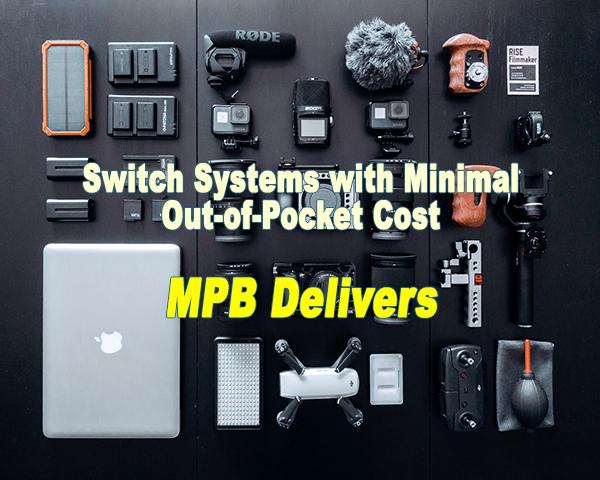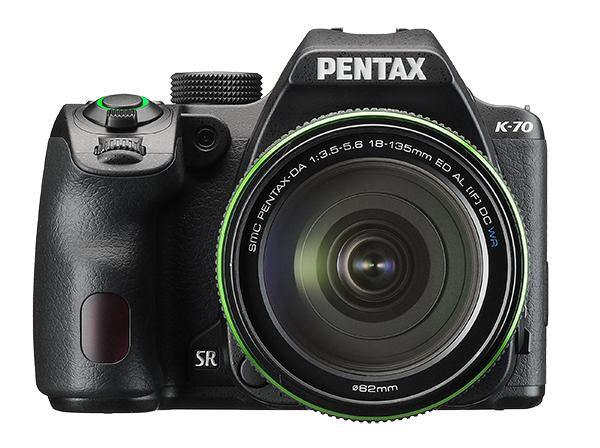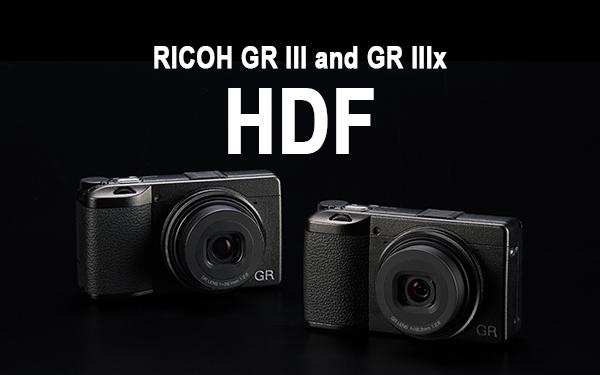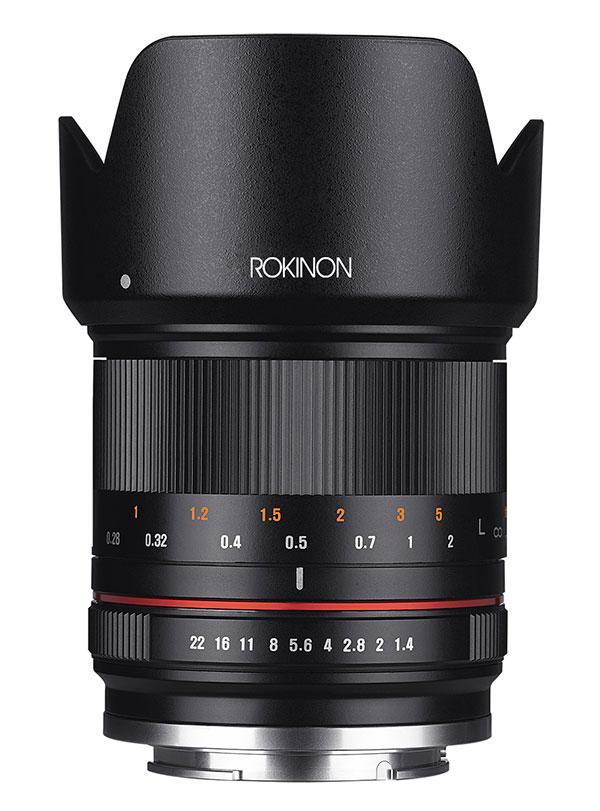Shutterbug Staff
Sort By: Post Date | Title | Publish Date
|
Dec 11, 2023
|
Jun 08, 2016
|
Feb 15, 2016
|
Jun 18, 2015
|
Mar 27, 2024
|
Sep 21, 2015









